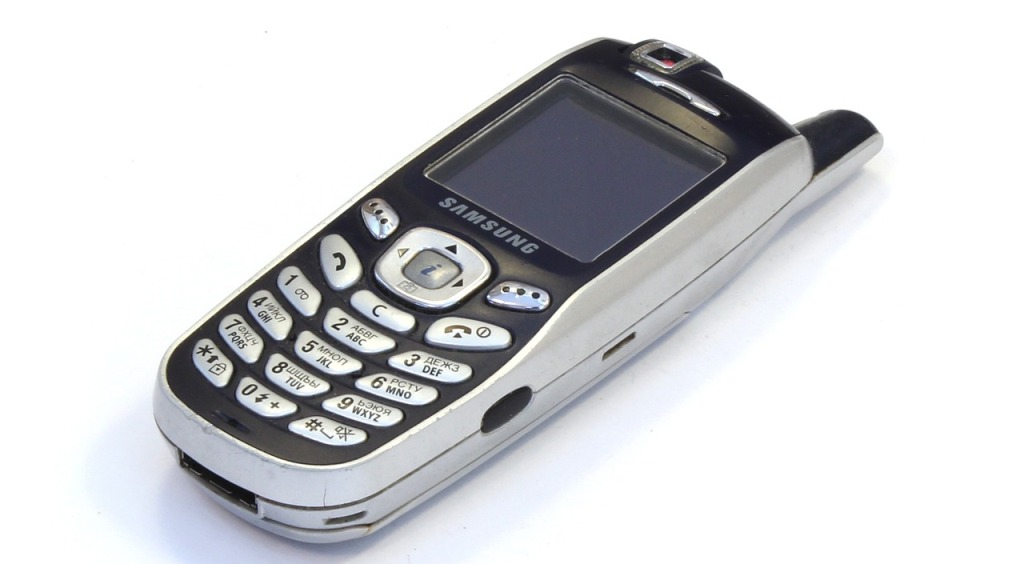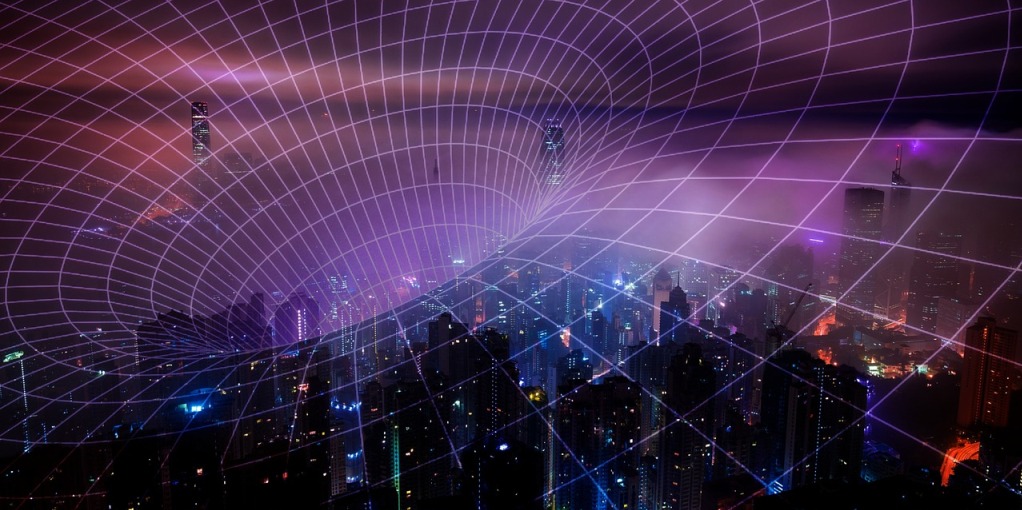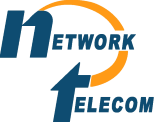One of the hottest topics is the 5G revolution. 5G networks are going to totally reshape the telecom sector. We’re going to take a closer look at what 5G is and how it will affect telecommunications companies.
5G networks are going to totally reshape the telecom sector – here’s how it works
What Are 5G Networks?
The most recent generation of broadband connection is referred to as 5G which stands for 5th generation. The previous global wireless standards were referred to as 1G, 2G, 3G, and 4G networks.
A 5G mobile network has been designed to give us the ability to connect machines, objects, and devices. In fact, you will be able to connect pretty much everyone and everything together with 5G.
5G wireless technology will provide the following to broadband connections:
- Increased speeds with the ability to move more data – up to 20 gigabits per second
- Decreased latency which will mean shorter load times – less than one millisecond
- Massive network capacities
- More reliability and increased availability
- A more uniformed user experience
- The ability to connect more devices at once – in fact billions of Internet of Things (IoT) devices

5G Networks will give you the ability to connect billions of devices at once
How 5G Wireless Communication Has Evolved
Each generation of mobile technology has taken about a decade to evolve starting from the 1G era all the way to the 5G. Here is a breakdown of how each era progressed onto the next.
1G:
The first generation of wireless communication (1G) was developed in Japan in 1979 and it was an analog cellular service that used analog radio technology.
Later in 1983, the Advanced Mobile Phone Service (AMPS) was launched in North America. This first generation of mobile signals could only accommodate voice traffic and they could be easily intercepted because they were not encrypted .
2G:
In Finland in 1991, the next generation (2G) of wireless cellular technology was introduced. This was a digital not analog technology. 2G networks had many advantages over their predecessors such as:
- Better Quality: Digital signals have less static and background noise than analog wireless signals
- Higher Security: 2G digital signals could be encrypted so they were harder to intercept
- Data Availability: The first text messages were possible with the 2G networks

3G brought the introduction of Smart Phones in 1998
3G:
With 3G came the introduction of the smart phone. 3G was first introduced in 1998 and just a few years later iPhones and Android devices were widely available all over the world early in the 21st century. Smart phones brought incredibly popular capabilities such as GPS (GLobal Positioning System) and on-demand videos. As their popularity grew so did the need for faster download speeds.
4G:
In 2008, commercially available 4G mobile networks were available and then in 2010 4G LTE was introduced. The ITU-R International Mobile Telecommunications Advanced (IMT-Advanced), whose job it is to develop international regulations on the use of radiofrequency spectrum and developed global standards, outlined 4G requirements. However neither the 4G or the 4G LTE actually met those requirements. They included:
- Peak data rates of about 1 Gbps for low mobility like walking
- Peak data rates of about 100 Mbps for high mobility like a moving car
- Packet-switched all-IP core networks
The development of LTE Advanced saw speeds that finally made the requirements of 4G with speeds of up to 1 Gbps. Out of the LTE Advanced came the LTE Pro with speeds of more than 3 Gbps with less than 2 milliseconds of latency. This technology established the foundation for the 5G networks.

4G technology established the foundation for the 5G networks
3 Main Goals of the 5G Networks
The 5G network is by far the largest step forward in mobile technology. The hope is that 5G will achieve 3 main goals including:
1. Extremely High Speeds
With the 5G network, you should be able to experience download speeds of up to an incredibly 20 Gbps. You may be thinking that you would never need that much speed, but think about it in reverse. You often complain about slow speeds but you never complain when your device is fast. So faster speeds will mean happier users. To put this into perspective, that kind of speed could let you download a 40 GB, 4K Ultra-High Definition movie in less than a minute. Now that is fast!
2. Incredibly Low Latency
Latency refers “delay” and is measured in how much time it takes a data packet to travel from one point to another. On a network you want as little delay as possible, so low latency is preferred. Because 5G networks are going to control high precision devices such as driver-less vehicles, you want to have as low or as close to zero latency as possible. Latency in a 5G network will be less than 1ms.

5G Networks will give you incredibly fast speeds and low latency
3. Massive Connectivity
A conservative estimate is that by the end of 2020 there will be more than 31 billion connected devices on the Internet of Things (IoT) and more than 75 billion by 2025. That number doesn’t include smartphones, tablets and computers.
The IoT refers to all the connected physical and digital components that can transmit data without the assistance of human mediators. These include devices such as light fixtures, appliances, smart pacemakers, monitoring systems, vehicle to vehicle communications, smart cities connected through infrastructure sensors, and robots.
The 5G network will need to be able to handle all of the connectivity requirements of all of these diverse and critical devices at once.

By the end of 2020 there will be more than 31 billion connected devices on the Internet of Things (IoT)
Exposing the Myths Surrounding 5G Networks
5G Will Expose People to Radiation and Cause Cancer – False
One of the greatest fears surrounding the implementation of 5G networks is that is will be unsafe. A number of factors have led to this belief including a 2011 World Health Organization report that suggests that cellphone radiation should be listed as “possibly carcinogenic to humans.”
In addition, a US government study also showed a link between radio frequency radiation and cancers in rats. This study, though, exposed the rats to much higher levels of radiation than people would encounter when using a cellphone.
In addition, there are also other substances that you come in contact almost every day that are considered to be carcinogenic hazards as well such as diesel fuel, aloe vera, and pickled food.
A recent study done by the Oregon State University found that the effects of 5G radiation on zebrafish were benign. Zebrafish cells have similar reactions to human cells. In addition, after over 6 years of review and research, FCC Chairman Ajit Pai to classify cellphones, including those that use the 5G network as safe.

Diesel fuel, aloe vera, and pickled food are all considered to be carcinogenic hazards
5G Will Replace 4G LTE – False
5G will not replace the current 4G LTE; the two will exist side by side for a few years to come. 4G is still very useful for many current applications such as voice, data, and even the IoT.
5G Caused Coronavirus – False
A recent conspiracy theory that has been making the rounds claims that 5G caused the virus and was spread through 5G networks or radio waves. This theory is totally untrue and not based on scientific fact. According to health experts and scientists, the coronavirus is spread through small, airborne particles and is passed one through person-to-person contact.
The following video explains how COVID-19 is spread and why 5G is not the cause.
COVID-19 is spread through person-to-person contact, not through 5G networks
5G Is All about Speed – False
Even though one of the main goals of 5G networks is to give you extreme bandwidth, low latency and massive scale are also main goals for 5G, so no, 5G isn’t all about speed.
5G Will Be Necessary to Drive IoT – False
Initially the IoT will be driven by LTE-A Pro where NarrowBand IoT (NB-IoT) is specified. Other low-power technologies, like Long Range Wide Area Network (LoRaWAN) and Sigfox have also been defined for IoT.
5G Uses
Increased Traffic Safety: 5G will make it possible to detect hazardous road conditions in real time making much safer driving conditions. For example notices of inclement weather or nearby accidents can be sent almost instantaneously to self-driving autonomous cars enabling them to avoid collisions.
Entertainment for Passengers: 5G will also make it possible for your passengers to enjoy live video and music streaming as well as interactive video games, cloud connectivity, and data exchange while you are driving.
Improved Logistics and Freight: Logistics and shipping will benefit from 5G’s wide coverage and reliable location information to keep products moving around the globe.
Remote Medical Collaboration: With the combined massive bandwidth, low latency, and high availability of 5G networks, medical professionals around the world will be able to collaborate about medical cases with colleagues in other countries.

Medical professionals around the world will be able to collaborate about medical cases
Improved Smart Grid Efficiency: 5G will be able to relay useful digital information like the behaviours of consumers and suppliers with low latency so that the sensors on the grid will be able to more efficiently regulate the use of utilities such as water, natural gas, and electricity.
Disaster Containment: With 5G networks, possible disasters will be able to be contained much faster. For example, a nuclear power plant could be shut down in a fraction of the time that it would take with human interaction.
Mining Exploration: 5G networks also gives you the ability to remotely explore mining areas thus removing the risk of having these potentially dangerous areas entered by humans.


